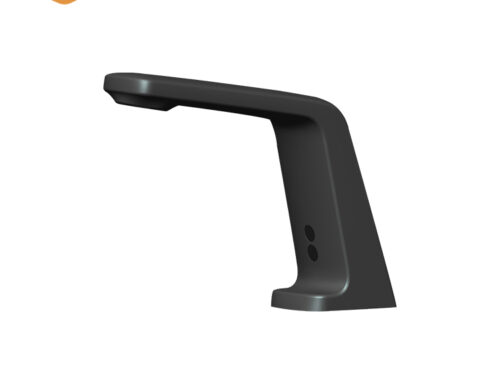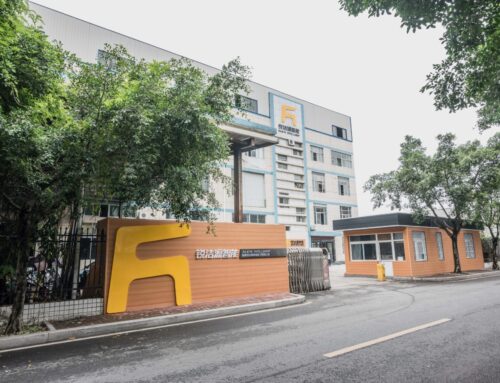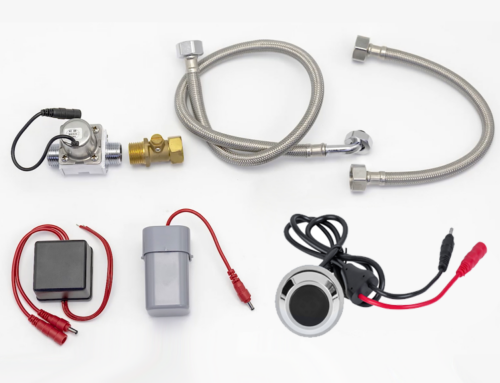Since Sloan’s fiber-optic prototype in 1974, sensor faucets have come a long way—from addressing a public health gap to becoming a smart home essential. Looking ahead, the category is poised for a radical transformation, driven by consumer demand for health awareness, environmental responsibility, and inclusive design.
- Health Sensing: From Cleaning to Diagnosis
Sensor faucets are evolving from “touchless” to “health-aware,” integrating diagnostic features and transforming automatic faucets into daily wellness tools.
Real-time Water Quality Monitoring: Jomoo’s “Healthy Faucet,” to be launched in 2026, integrates a TDS (total dissolved solids) sensor and a UV detector to measure contaminants such as lead and bacteria.
Improved Hygiene: LIXIL American Standard has deployed “foam-sensing” faucets in senior care facilities. These faucets release antibacterial foam, eliminating the risk of cross-contamination for elderly users with weakened immune systems – proving that health-focused design has met real-world needs.
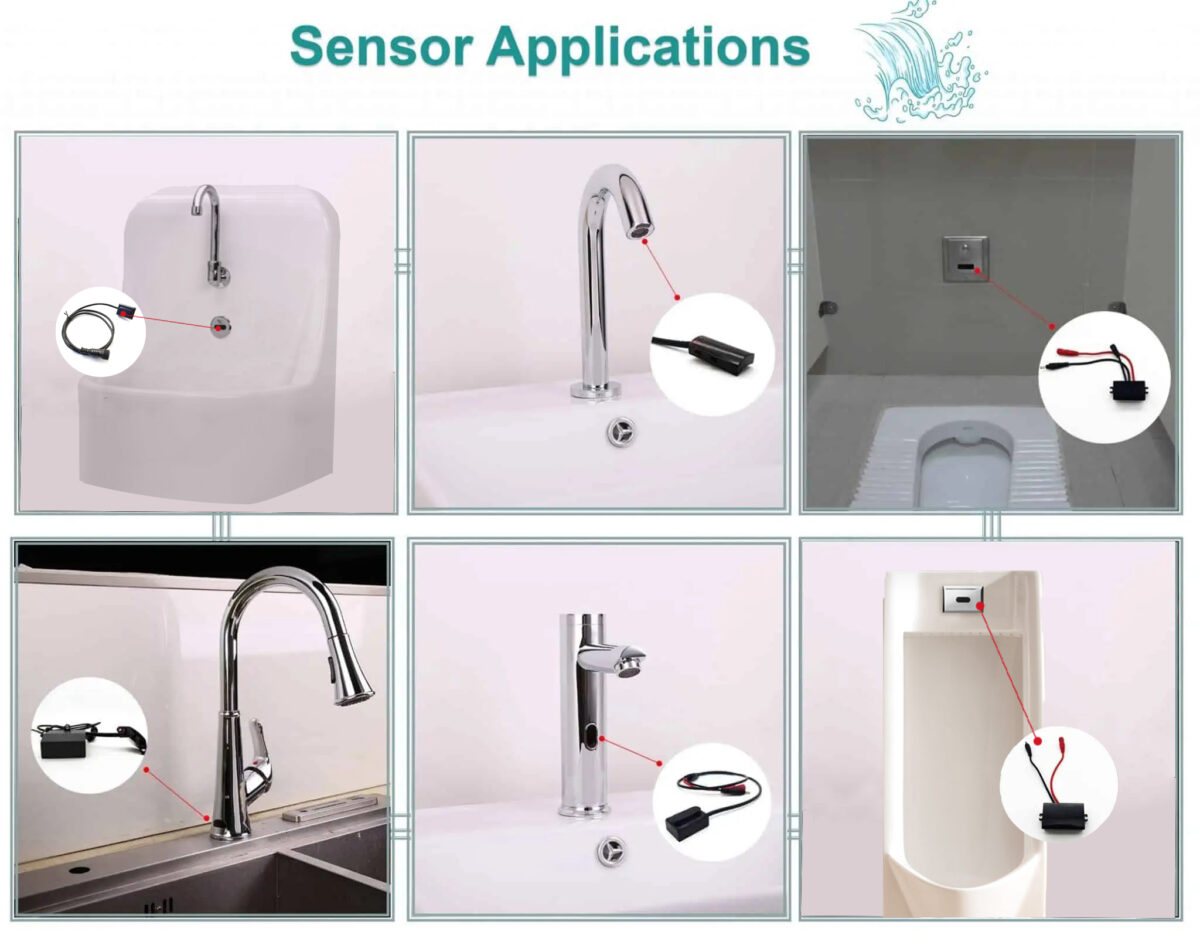
2.Zero-Impact Sustainability: From Water Conservation to Carbon Neutrality
Sustainability is evolving from low-flow aerators to “closed-loop” systems that minimize energy, water, and waste consumption. Brands are responding to strict regulations (such as the EU’s 2026 1.5 L/min water limit) and consumer demand for eco-friendly homes.
Self-Powered Operation: Sloan’s solar-powered sensor faucet, launching in 2025, is completely battery-free, instead utilizing a small integrated solar panel to power its sensor. For commercial locations like airports, this can eliminate the waste associated with replacing batteries more than 12 times per faucet per year.
Adaptive Water Use Optimization: Fontana’s next-generation “Eco Sense” faucet uses artificial intelligence to learn water usage patterns—for example, reducing the flow rate to 0.8 L/min for hand washing and increasing it to 1.5 L/min for dish washing.
Designing for circular materials: Oras is testing faucets made from 100% recycled stainless steel, paired with a biodegradable sensor housing. The brand aims to eliminate plastic components entirely by 2030, in line with Europe’s Circular Economy Action Plan.
- Hyper-Personalization: AI-Driven User Adaptation
Gone are one-size-fits-all sensor settings. Future faucets will use AI and machine learning to adapt to individual users, merging convenience with customization—especially as smart home ecosystems become more interconnected.
Habits-Based Automation: Moen’s 2025 “Adaptive Sense” faucet learns family routines: it preheats water to 38°C for a parent’s morning coffee at 7 AM, then switches to cool water for a child’s hand-washing at 8 AM.
Contextual Sensing: Delta is developing “scene-aware” technology that syncs with smart home hubs. If a user starts cooking (detected via a connected oven), the faucet switches to “high-flow” mode for filling pots; when the oven turns off, it reverts to “eco-mode”—seamlessly integrating with daily activities.
Commercial Customization: For cafes and restaurants, Jomoo’s cloud-connected faucets let managers set flow limits per staff role (e.g., baristas get 1.2L/min, cleaners 2.0L/min) and track usage via dashboards. This cuts water waste by 30% in high-traffic commercial spaces, per 2025 industry trials.
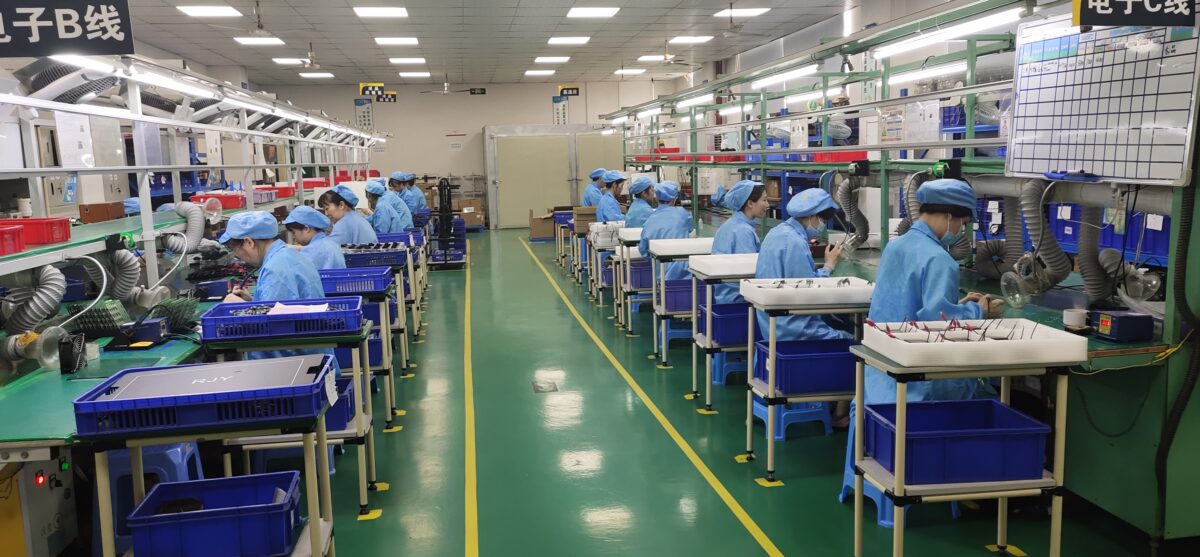
- Inclusive Design: For Aging Populations and Diverse Needs
With an aging global population (China alone is projected to have 400 million seniors by 2035), sensor faucets prioritize “universal accessibility”—designed to work for everyone, from children to those with limited mobility.
Simplified, Intuitive Controls: American Standard’s “Elderly-Friendly” faucets (already deployed at senior centers in Shanghai) feature an oversized LED indicator for the visually impaired and a “single-wave” sensor range to accommodate users with limited arm mobility.
Accessible Design: Sloan’s “Adaptive Pro” faucets use radar sensors (rather than infrared) to detect wheelchairs or crutches, triggering water flow without hand movement—ideal for those with spinal cord injuries or arthritis.
Child-Safe Sensor: Fontana’s “Small Hands” model adjusts sensor sensitivity to detect small hands (ages 3-6) and limits water temperature to 37°C to prevent scalding. It also features a “Fun Mode” (color-changing LED lights) to encourage handwashing habits.
These trends are not just innovative—they’re business-critical. The global smart faucet market is projected to grow at 15% annually through 2032, with Asia leading the expansion. Brands that fail to integrate health, sustainability, or inclusivity risk falling behind: 68% of consumers in a 2025 survey said they’d pay 20% more for a faucet with water quality monitoring, while 82% of commercial buyers prioritize “Age-Friendly” features for public facilities.

